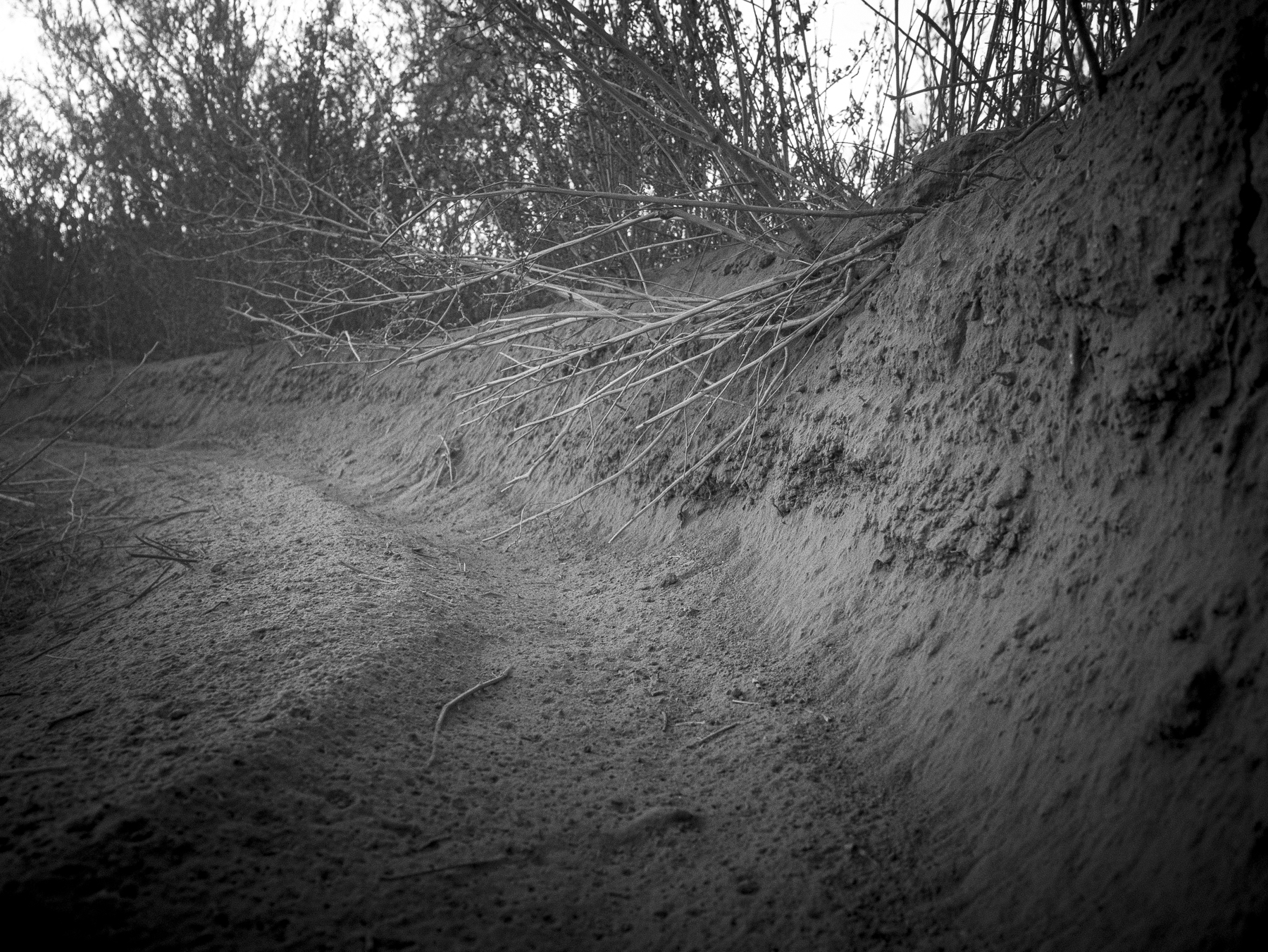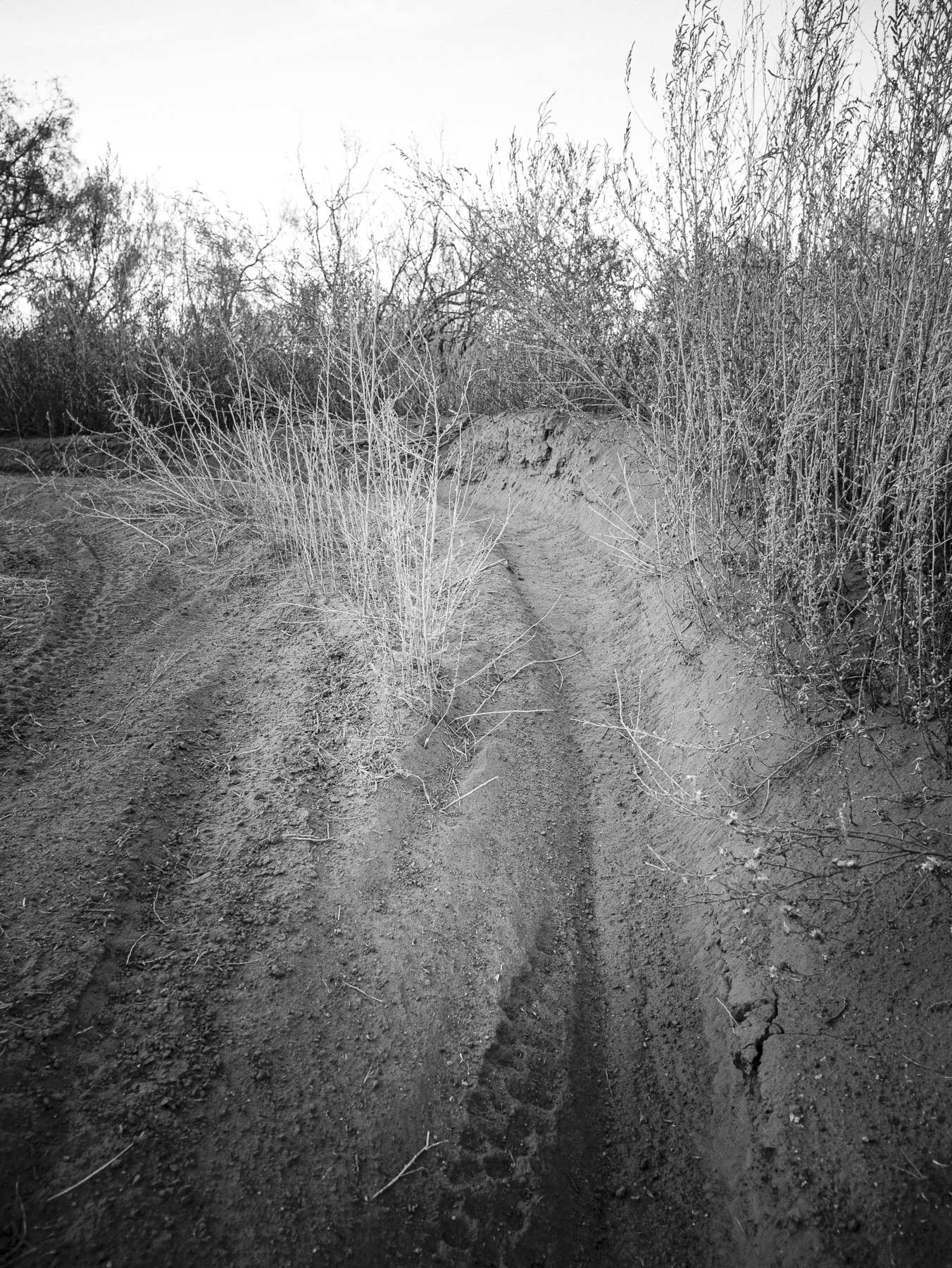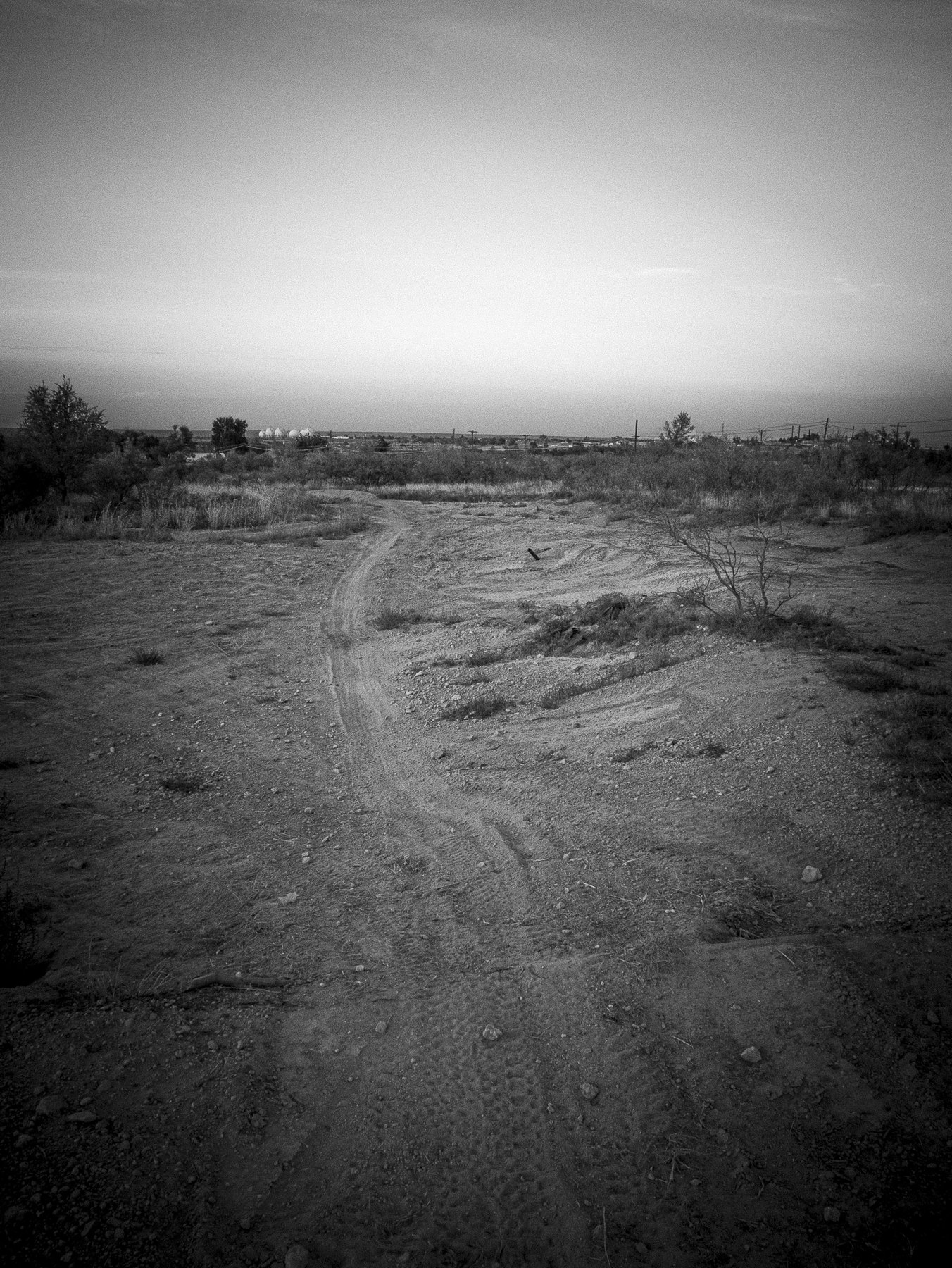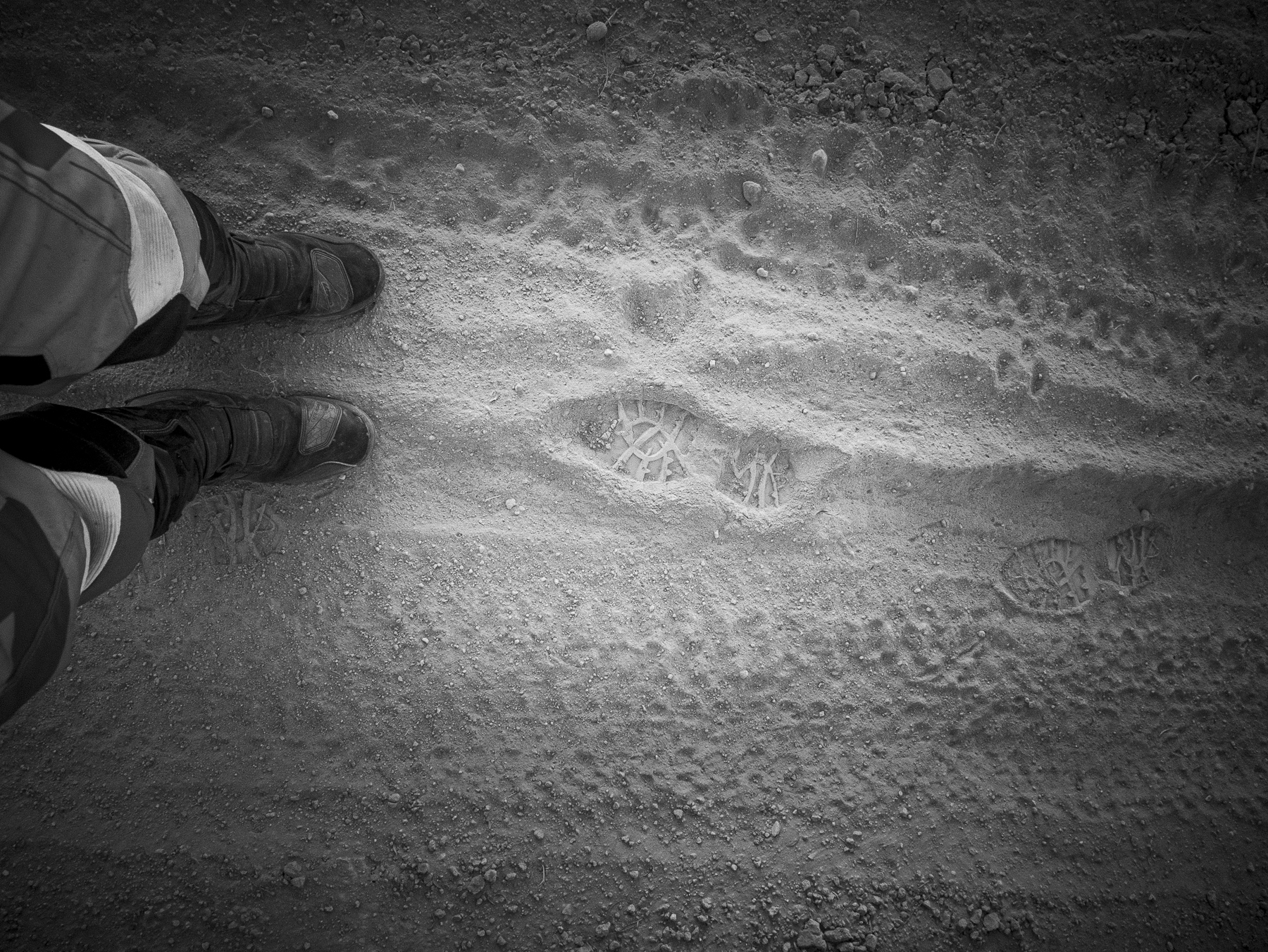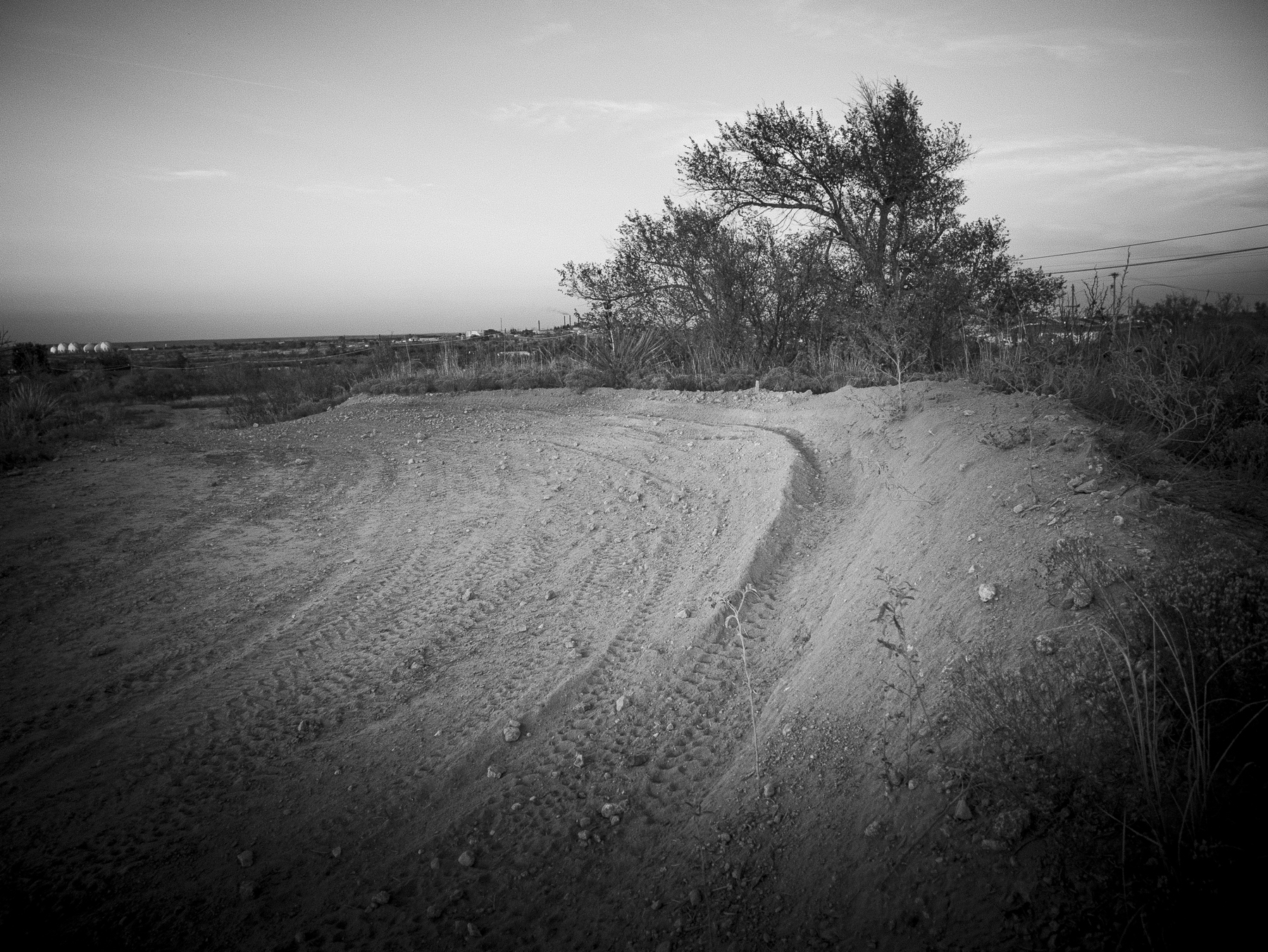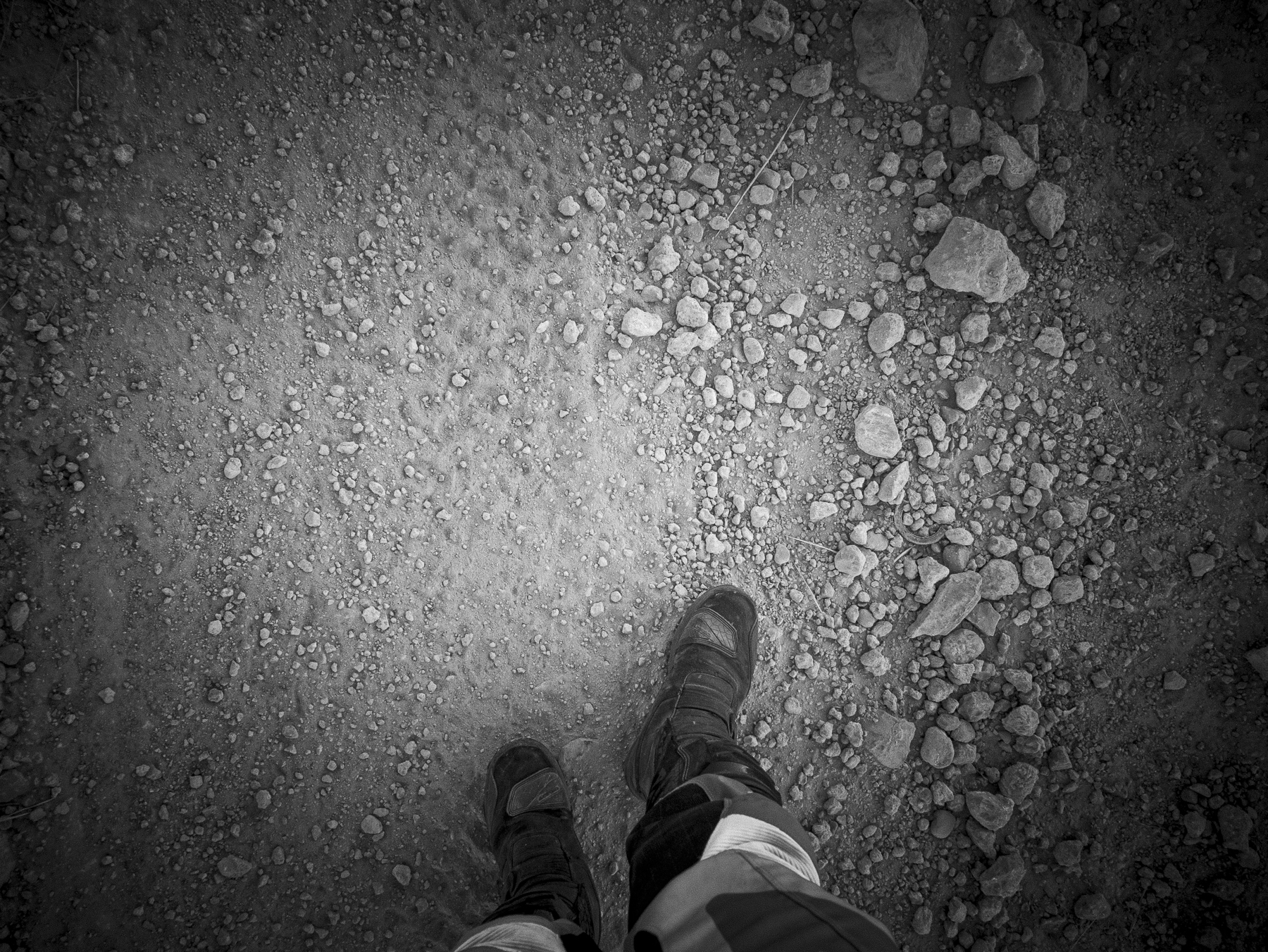ruts…
Seems like most conversations we hear about ruts tend to be negative when it comes to living life…”I’m stuck in a rut,” “get out of that rut,” etc… About a month ago I traveled back to West Texas to see my family for a week. I haven’t seen them in person in over a year. It was a long trip from Italy, but totally worth it. Every time I go back I ride dirtbikes as much as possible—we have three dirtbikes on our family’s 13 acre property. This was the piece of land I learned how to ride on (my dad, uncle, and aunt learned to ride here, too). It always feels nostalgic in the best ways to get back out there. It was a great place to learn because the terrain is difficult. It’s dry, slippery, and rocky as hell. You have to learn bike control skills quickly in terrain like this… You have to become an expert terrain reader, always looking ahead for the next crash-causing rock. I went out for several sessions by myself, re-working a classic motocross-style track we made years ago. As I rode my comfort level increased. With more comfort my speed increased and pretty serious ruts and berms began to form. I walked the track after one of my rides to see what I could learn and took the photographs above. In reflecting on the photos I started thinking about the benefits of ruts—first within the context of racing and technique, but then within the broader context of life. I grew up on dirtbikes and racing open wheel dirt track cars (sprint cars / midgets). I’ll start by saying ruts can be very dangerous in racing—cross rutting on a motorcycle at high speed or hitting a rut too hard or at the wrong angle in a sprint car can cause catastrophic crashes (we call this biking or bicycling). But when ruts are used properly they can propel you forward by providing traction and a viable racing line. In a perfect world, we’d always race on a pristine surface, but when conditions get bad or there are other people on the track ruts are inevitable—we all have to deal with them. I’d venture to say the racing surface in “life” is rarely, if ever pristine. Whether a rut is a good or bad thing depends totally on how it is navigated. If we’re lucky we’ll be presented with a few viable ruts to choose from that are in the competitive racing line. Due to intentional structural inequities and a host of other things outside an individual’s control, some people start with ruts that are more difficult to navigate than others—this has been well documented and supported with legitimate data. In racing, we navigate the ruts on a track over and over again…and they change with time, traffic, and conditions. On a motorcycle, the intuitive impulse when you get into a rut (especially in a turn or if the dirt is soft or sandy) is to let off the gas and put your feet out for balance (it’s scary). This is a bad move that generally leads to a crash. Ironically, more throttle and an aggressive body posture yields a greater sense of control and balance when moving through the rut—with that comes confidence to go faster. All that being said, it’s interesting in life when we hear about getting out of the proverbial rut. It doesn’t really add up for me. What happens when you get out of a rut in racing? Well, when the rut is in the racing groove outside the rut is generally a pretty shitty place to be—soft, slippery, unstable, slow—largely un-known terrain. It’s where all the garbage lands that is thrown from the racing line (in circle track racing we call this space “the marbles”—the marbles are slippery AF). If you hit the marbles hard this usually leads to a high speed collision with the wall. I can attest to this from personal experience. Maybe it’s not so much about getting out of the rut and more about how it is navigated—and how we set the car or motorcycle up for the conditions and rider/driver. The idea is to use the characteristics of the rut to our advantage to increase speed and traction. We cannot avoid the ruts if we want to be competitive. But…there comes a time when the rut gets too deep—or someone in the race finds a faster rut—or your equipment start wearing out. So, knowing when it’s time to abandon the rut you’ve been in to find a faster line is also crucial. I guess you could look at a career track or a relationship as a kind of rut (not strictly in the bad sense). How these things are navigated dictate their success or failure—confidence is essential when the fear center in the brain is saying slow down, but the safer move is to go faster. Making a major life decision is like changing ruts. Transition over unknown terrain is never comfortable, but sometimes necessary. Constantly reading the track surface and rationally checking in with yourself and your equipment is the only way to really know.
🏍 + 🤔

